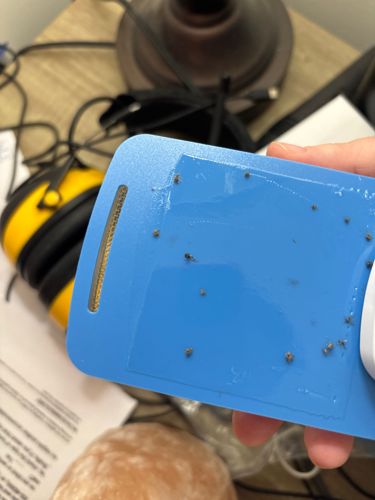Fungus gnat
Scientific Name: Bradysia spp. (for Sciaridae) or various genera within Mycetophilidae
Order & Family: Diptera (Order), Sciaridae or Mycetophilidae (Family)
Size: 1-8 mm (typically 2-4 mm for common species)

Natural Habitat
Damp, organic-rich soil, common in potted plants, greenhouses, and areas with moisture issues and decaying vegetation. They are often found indoors due to houseplants.
Diet & Feeding
Larvae primarily feed on fungi, decaying plant matter, and plant roots. Adults do not feed significantly or are short-lived and non-feeding.
Behavior Patterns
Fungus gnats are typically attracted to moist environments and decaying organic matter. Adults are weak fliers and often stay near their breeding sites. Larvae feed on fungi and decaying plant material in the soil. Their life cycle from egg to adult can be as short as 3-4 weeks depending on conditions.
Risks & Benefits
Risks: Larvae can damage the roots of seedlings and young plants, leading to wilting or stunted growth, particularly in greenhouses or potted plants. They are primarily a nuisance pest for humans due to their presence indoors. Benefits: While generally considered pests in cultivation, in natural ecosystems, they contribute to the decomposition of organic matter.
Identified on: 8/26/2025